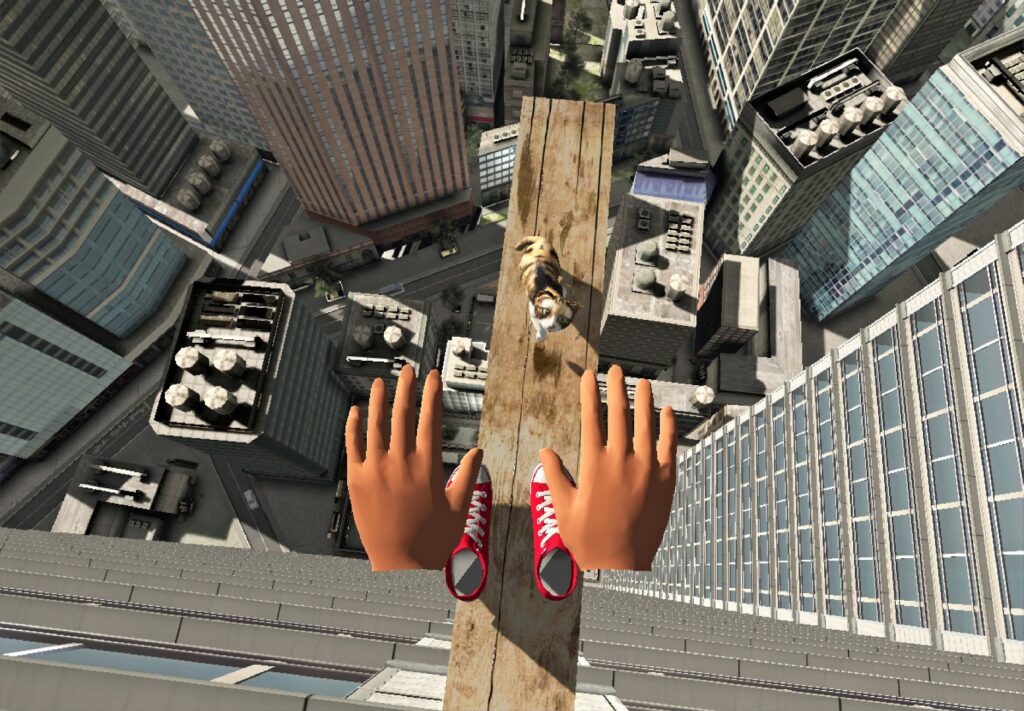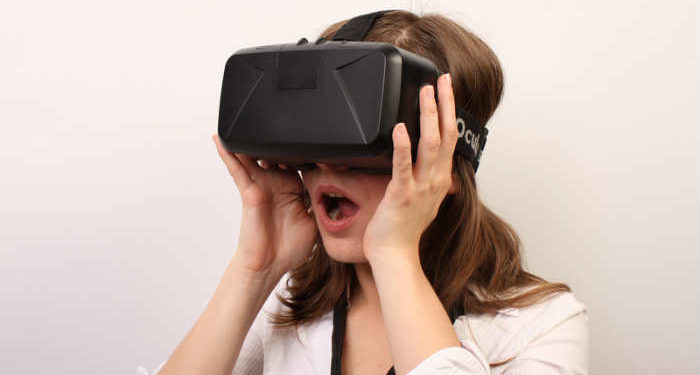Have you ever felt an irrational fear, a creepy feeling that you just couldn’t shake off?
Some people have to struggle with a phobia their entire lives. But now they finally have an affordable and accessible solution through virtual reality therapy. VR has been around for more than half a century. But it is only in recent decades that mental health workers started to use this technology.
Virtual Reality Therapy Over The Years
A psychologist called Max North coined the term ‘virtual reality therapy’ (VRT) in 1994. In an article for a science magazine, he theorized how VR can make a breakthrough in exposure therapy.
Ralph Lamson adopted these techniques on a practice field in the same year. He went on to treat patients with diverse phobias showing a 90% success rate. Lamson also managed to cure his acrophobia using VR technology.
The next big leap in the field came in 1997. Georgia Tech and Emory University collaborated to build a simulation called ‘Virtual Vietnam’. They used it for army veterans suffering from PTSD. In 2005 the US Department of Defence funded further research, spurred by the success rate of the last program.
The new simulation ‘Virtual Iraq’ showed normalization of 70% of PTSD victims. The same developers used VR based therapy for acrophobia, aerophobia, glossophobia, and substance abuse.

Despite showing a higher success rate and a much lower virtual reality therapy cost, these treatments took another decade to become accepted in the mainstream medical community.
The NHS Trust
This year is witness to a turning point in the history of virtual reality for mental health.
In UK, Norfolk and Suffolk counties are one the first National Health Service trusts to integrate VRT. The trust has equipped the mental health workers with off-the-shelf VR headsets. The trust also bought specialized software from a Spanish virtual reality company called Psious.

This cutting edge technology allows psychologists to expose their patients to their phobias in a safe and controlled environment. The patients are also more likely to accept this treatment knowing that these stimuli are not real enough to harm them. It also gives the patient a modicum of control over the virtual session. they can stop it if it gets too extreme. This is something that they would not be able to do so in a real-life situation. However, tests showed that the patients transferred what they learned in VR to their real lives.
These techniques enabled the mental health workers to move on much faster with the treatment. It cuts through time and trouble of setting up elaborate real-life situations. This makes the treatment both time and cost-efficient. Now anyone in the eastern part of England has access to these easy solutions to help them overcome their phobias.

Due to the current situation with the pandemic and quarantine, VRT is being kept on hold. But the trust encourages the staff from the clinics, to continue with their virtual reality education from their homes.




